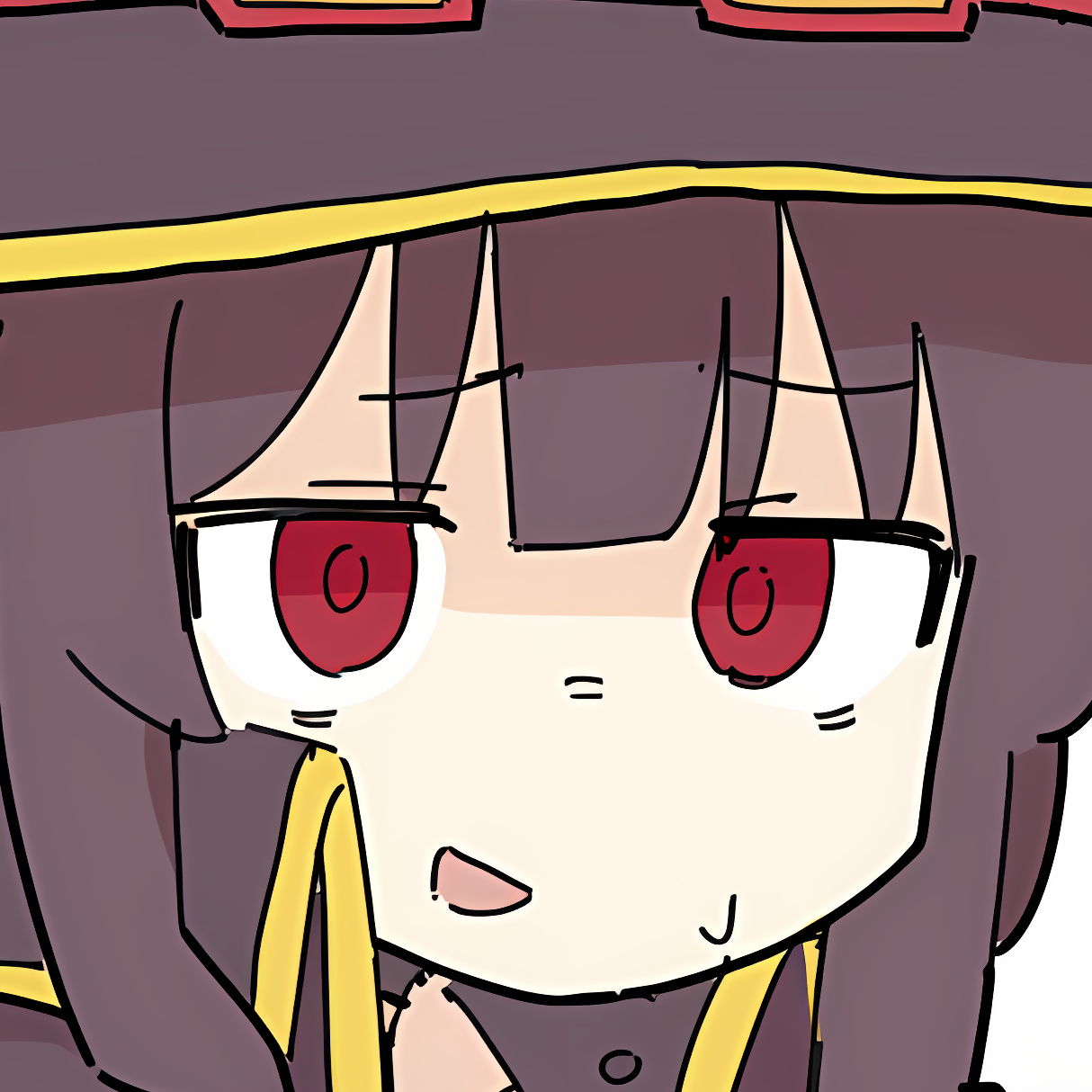If you have it set to use the Invidious backend that might be the issue, since most Invidious instances don’t work at the moment.
carly™
be gay do crime
- 0 Posts
- 14 Comments

 3·1 year ago
3·1 year agoIoT is supported until January 2032, while standard LTSC is only supported until January 2027, which only, like, an extra year or so of support over regular Windows 10. I’ve never heard anything about IoT being less secure but I’m far from being an expert lol.

 254·1 year ago
254·1 year agoAm I having a stroke, or is this headline horrendously written?
This. I swear, some people in the FOSS community seem to be convinced everyone who uses a computer is a developer.

 10·1 year ago
10·1 year agoI’m also on NVIDIA, I tried the Plasma 6 Alpha last night (on KDE neon unstable) and to my utter shock, Wayland was pretty goddamn close to flawless.

 163·2 years ago
163·2 years agoIt has the brand recognition of being “the” Linux distro, even though it doesn’t deserve that title these days (if it ever did at all).
Yep, pretty much. If your system works, no need to change it.
The biggest advice I can give is to start with something like, as has been mentioned, Linux Mint, but also, don’t buy into the idea that you eventually need to move to a more “advanced” distro. If Mint, or wherever you wind up, works for you, and you have no compelling reason to switch, then don’t. All Linux is Linux, so to speak, the only things that distinguish distros are packages/package managers, default settings/configurations, and pre-installed programs. There’s nothing preventing you from eventually becoming a power-user on a “noob-friendly” distro, if that’s something you desire in the first place.

 952·2 years ago
952·2 years agoDo…do people really think Microsoft is stupid enough to kill off non-cloud based Windows? There are a lot of Windows users who, for either performance reasons, lack of reliable internet, etc. who would never get good use out of a cloud version. Microsoft is more than aware of this and there is no way in hell they’d shoot themselves in the foot like this.

 5·2 years ago
5·2 years agoWhat people are referring to in that regard is how, in 2011, Brendan Eich (who later founded Brave Software) stepped down as CEO of Mozilla, 11 days after his appointment to said position, after it came out he had donated $1000 dollars to the campaign for California Proposition 8 in 2008, a proposed state constitutional amendment seeking to ban same-sex marriage. Prop 8 wound up passing, although it was overturned a few years after the fact in court.
Here’s an article from when Eich stepped down about the whole ordeal.
Icons in Plasma Styles
In Plasma 5, the icons shown in various parts of Plasma widgets (but not apps) can come from one of two places: the active icon theme, or the active Plasma style. How do you the user know which icons come from which place? You can’t, not easily. What can you do if you apply a Plasma style and it includes weird icons that make your Plasma widgets look visually inconsistent with the rest of your system–but only partially? Nothing!
[…]
For Plasma 6, we’re removing this questionable feature, and icons in Plasma widgets will always come from the systemwide icon theme. Much simpler, much more user-comprehensible, much better visual results 99% of the time.
I’ve tried to give Plasma a fair shot a few times, but, among other issues, I’m not a fan of Breeze and I found the theming functionality overwhelming and difficult to navigate. Mainly I could never figure out which themes certain elements were attached to. This is a big example and I’m glad to see them changing it.

 6·2 years ago
6·2 years agoAnother +1 for Photopea from me. I had been on-and-off wrestling with Wine to get Photoshop to run since I had switched to Linux, but since discovering Photopea I haven’t felt the need to bother with that. In addition to the website version, if you aren’t religiously anti-Electron, there’s a desktop app for it on Flathub.
I’m not really using “vanilla” GNOME since I have a number of extensions, but the only one that really modifies the workflow is Tray Icons: Reloaded.
That said, while it’s definitely not for everyone, I’m very comfortable with it. I like that everything feels “out of my way” unless I need it, and I find the Activities view to be easier for finding a minimized program at a glance than a taskbar.


The difference with Pop OS in particular is that they offer installation ISOs with the proprietary NVIDIA drivers preinstalled, meaning you don’t have to fuss with installing them at all.